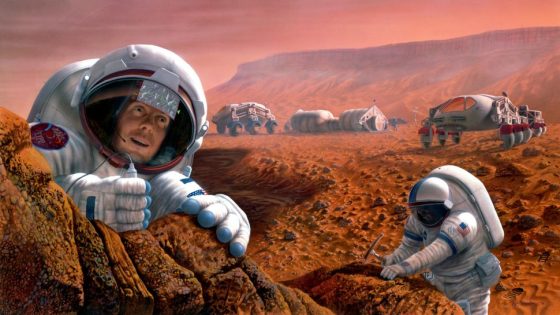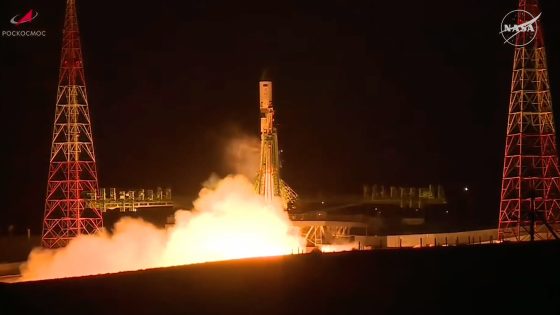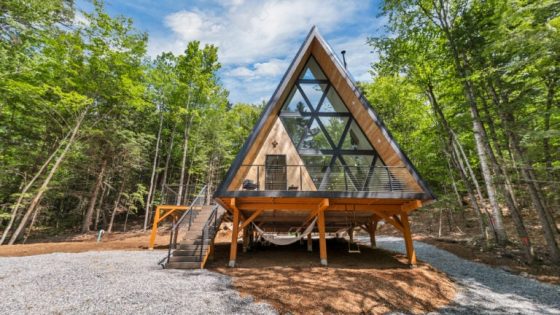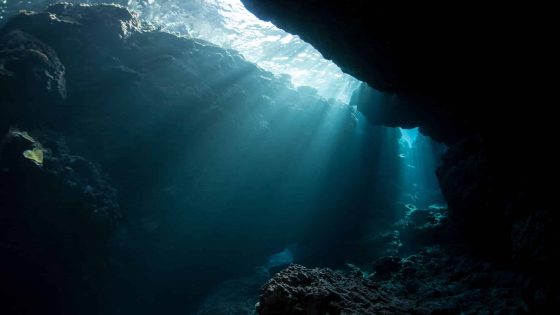In a groundbreaking development for space exploration, scientists have successfully grown algae under simulated Martian conditions. This achievement, announced on 2025-07-20 19:00:00, marks a significant step toward sustainable life in space.
- Algae grown under simulated Martian conditions
- Bioplastics enable sustainable space habitats
- Closed-loop system for bioplastic production
- Research led by Harvard's Robin Wordsworth
- Future tests planned for vacuum conditions
- Potential Earth sustainability benefits from technology
Led by Robin Wordsworth from Harvard University, the research team cultivated green algae in bioplastic chambers designed to mimic Mars’ harsh environment. This innovation could pave the way for long-term space colonization, as it demonstrates the potential for self-sustaining ecosystems beyond Earth.
This experiment raises an intriguing question: could bioplastics be the key to future habitats on Mars? The results indicate that bioplastics not only shield organisms from harmful radiation but also facilitate biological processes in extreme environments. Consider these points:
- Bioplastics can be produced and reused on-site, reducing transport costs.
- The chambers stabilized liquid water, crucial for biological activity.
- Algae could contribute to further bioplastic production, creating a closed-loop system.
As this technology evolves, it could not only revolutionize space colonization but also inspire sustainable practices here on Earth. The future of life beyond our planet looks promising.
































